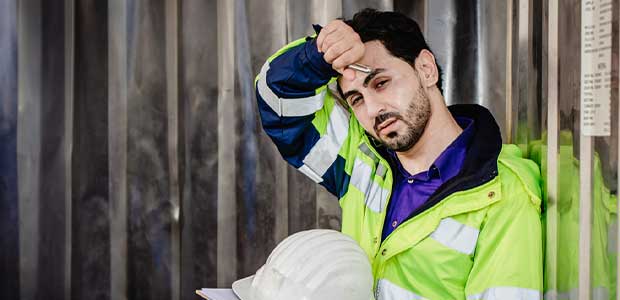
Washington State Files Emergency Rules on Heat Exposure, Wildfire Smoke
The state is currently working on permanent rules to keep workers safe.
- By Alex Saurman
- Jun 03, 2022
Washington State is implementing emergency rules to keep workers safe this summer.
According to a news release, the Washington State Department of Labor & Industries (D&I) issued emergency rules for outdoor heat exposure and wildfire smoke this week. As Washington’s D&I works on permanent rules, these rules are a way to keep workers safe this summer.
Heat exposure and wildfire smoke can cause severe injuries. Extreme heat can lead to heat rashes, cramps, exhaustion or stroke. Workers exposed to wildfire smoke are at risk for chest pain, heart attacks and lung complications. Heat exposure and wildfire smoke rules is one way to keep workers safe.
Current D&I rules for heat exposure include access to drinking water, safety program requirements and response requirements. The emergency outdoor heat exposure rules apply when temperatures are above 89 degrees Fahrenheit. (These rules may apply sooner if other conditions are met.) Under the emergency rules, employers are required to:
- “Provide enough sufficiently cool water for each employee to drink at least a quart an hour;
- Provide sufficient shade that is large enough for and close enough to workers;
- Encourage and allow workers to take paid preventative cool-down breaks as needed; and,
- Require a 10-minute, paid cool-down break every two hours.”
The wildfire smoke rules apply when the Air Quality Index (AQI) is 69 or higher. These rules encourage employers “to limit their workers’ exposure to smoke by:
- Reducing, rescheduling, or relocating work;
- Providing enclosed buildings or vehicles where the air is filtered; and,
- Reducing the work intensity or increasing rest periods.”
Employers are also encouraged to provide respirators when the AQI is 69 or higher. If the AQI is 101 or more, employers are required to provide respirators, though use is voluntary. Respirator use is required when levels go beyond the AQI scale.
Learn more about the outdoor heat exposure rule on L&I’s Be Heat Smart page and the wildfire smoke rule on the Wildfire Smoke page. According to the news release, the rules are effective June 15.
In the last year, the Biden Administration announced a national emphasis program to help high-risk industries and certain employers keep workers safe in high heat. To learn more about OSHA’s work on a federal heat standard, read or listen to our additional resources or podcast.
About the Author
Alex Saurman is a former Content Editor for Occupational Health & Safety,who has since joined OH&S’s client services team. She continues to work closely with OH&S’s editorial team and contributes to the magazine.